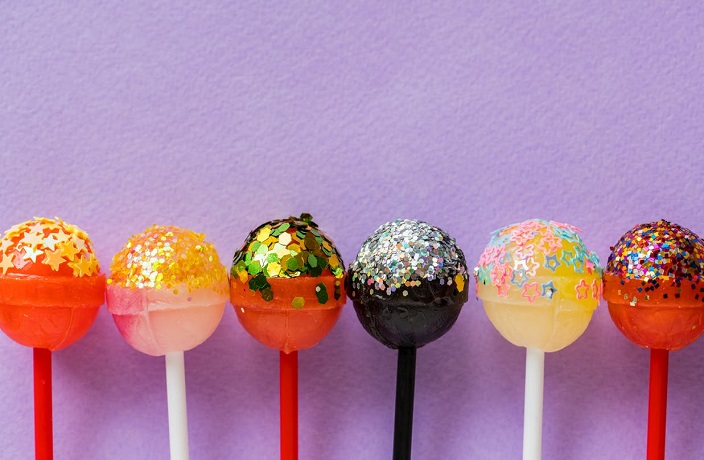 Welcome to our Urban Family series by Sharon Raccah Perez, founder of 'PowerMeHealthy.' As an accredited Health Coach and healthy home food chef, Sharon will share advice based on her experiences and desire to help others see the importance of healthy living and eating.
Welcome to our Urban Family series by Sharon Raccah Perez, founder of 'PowerMeHealthy.' As an accredited Health Coach and healthy home food chef, Sharon will share advice based on her experiences and desire to help others see the importance of healthy living and eating.
Sugar! It's a universally-loved ingredient. I once read about an experiment with children and their immediate behavioral changes after receiving sugar. The result showed that when one person walked into a room and gave a baby a product high in sugar, this was the only person the child would look at – even if 10 other people, including the child's mother, came in. For me, this experiment was an eye-opening indication of the natural draw towards sugar, even at a young age.
We all know that sugar is bad for us. Kind of, but not really! I mean, at the end of the day we still ask ourselves, "What's wrong with having a little sugar?' In 2015, the World Health Organization (WHO) released guidelines around the recommended daily intake of 'added sugar.' This refers to hidden sugars and syrups that are included in food and beverages when they are prepared; not natural sugars contained in products such as milk and fruits. In their report, WHO advised that adults and children should limit their intake of added sugar to less than 10 percent of their daily calories and reduce this to 5 percent for even better overall health. This amount equates to an average of 6 teaspoons of sugar a day, where 1 teaspoon = 4 grams.
Sugar is bad for our bodies in many ways, and by reducing our sugar consumption, we can enjoy ongoing benefits such as reduced weight and decreased risk of tooth decay, along with a lower propensity towards obesity, cardiovascular disease and liver problems. In addition, I think we can all agree that eating sugar develops strong cravings that urge you to want more.
Today, most people consume an average of 20 teaspoons of sugar a day. It may seem far from your 'perceived' daily intake, but it's so easy to get the sugar piling up, as you can see from these figures*.
200 grams fruit yogurt = 6 teaspoons sugar
1 tablespoon of tomato ketchup = 1 teaspoon sugar
1 tin baked beans = 5 teaspoons sugar
1 can flavored, carbonated drink = 10 teaspoons sugar
1 strip licorice = 1 teaspoon sugar
So, what can we do to ensure we manage the amount of sugar we consume? Many foods contain hidden sugars, and it's ideal to remove as much of these as possible from your regular diet. If you have read my 'Power Me Healthy' columns before, you'll know that I am not a 'cold turkey' kind of girl; I believe everything in moderation. I know we all like to indulge once in a while so here is my suggestion for an alternative sweet dish, for your sweet tooth.
Sharon's Nice Cream Recipe
Remove traditional high sugar ice cream from your diet with this alternative, which works especially well with bananas, frozen mangos or pineapple. This recipe is fulfilling, and unlike other heavy sugar-filled desserts, it doesn't make you crave more the minute you have finished.
Ingredients:
2-3 overripe bananas
A pinch of salt
2-4 tablespoons of milk
Method:
1. Cut the bananas into large pieces.
2. Place in an airtight bag or container and freeze.
3. Once frozen, put into a blender or food processor, add a pinch of salt and your preferred milk for smoother blending.
4. Blend until you achieve a soft-serve texture.
5. You can serve immediately, or transfer to a container and freeze for an additional 30 minutes before eating.
[Cover image via Pexels]
*According to the American Heart Association
To follow Sharon, visit her website or scan her QR code below.



















